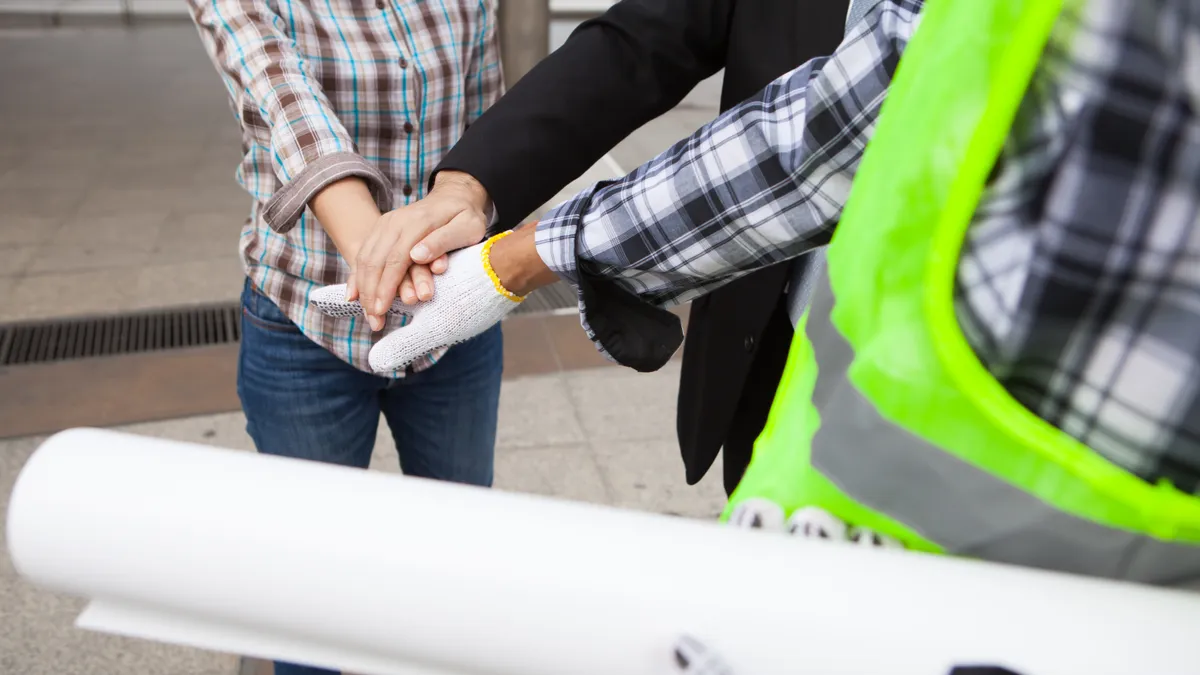The use of video in recruiting has surged in recent years; according to one estimate, more than 70% of employers have used it in some form.
Proponents say it can speed the hiring process — a major priority for growing companies. Interviews can be more easily slotted into schedules, and prescreens conducted in quick succession. Employers also are increasingly requesting video applications and offering videos on their websites' career pages.
With all of these tactics on the rise, it's clear that recruiters are finding success with video, even as it's still evolving. The key to implementation, however, may be keeping an eye on the candidate experience.
Applications and interviews
Employers are using video both for one-way applications and for live, interactive interviews.
For the former, candidates receive a set of questions and record their answers. With most of the software and apps available for this, candidates are given an opportunity to re-record any answers they aren’t happy with. Some, however, limit the amount of time they can spend responding to a specific question.
Some have replaced an initial phone screen with this option, finding that for mass hiring efforts, the ability to skim through responses quickly can reduce costs. Some say it can reduce bias, too, as all applicants are asked a standard set of questions.
“The asynchronous nature of a one-way video interview makes it much more efficient than a phone screen," according to Josh Tolan, CEO of Spark Hire, a video interview software company. It also allows recruiters to better assess a candidate’s communication skills and nonverbal cues earlier in the process, he said.
Still, the tech isn't without its drawbacks. Candidates are able to market themselves more than they can with a phone screen and video might not make sense for every position, notes Kurt Heikkinen, president and CEO of Montage, a multi-platform interviewing firm. But there are ways to compensate for that. “You want to introduce the right type of question to gain more insight into the candidate, but it doesn’t have to be all video,” he told HR Dive. For example, interviews focused on voice might be a better fit for call-center jobs.
Two-way interviews, on the other hand, involve tools like Skype or Facetime: Interviewers meet the candidate online rather than in real life. When in-person interviews aren't possible, many feel this is the next best thing.
The candidate experience
Recruiters may love video, but how do candidates feel about it? One survey suggests they worry about connectivity issues and feeling uncomfortable in front of the camera. And 57% prefer a live video interview to one that’s pre-recorded.
Employers should take those concerns seriously, and realize that some difficulties will arise. Applicants will have varying levels of hardware and internet connectivity, for example, Tolan noted.
Candidate engagement is critical to the recruiting process, Heikkinen said, so employers need to ensure it doesn't become a one-sided experience. A branded experience that includes context about the job and organization can help with that, he said.
A branding tool
Interestingly, some employers also are using video to communicate their brand to candidates. Video can provide authentic insight into what it's like to work at a company, according to Tarek Pertew, chief creative officer at Uncubed, a self-described "marketplace for recruiting talented millennials through compelling video content."
In addition to its use as an interview tool, video can be a branding tool. It can help find candidates that are informed about the company and your expectations, and provide transparency for candidates and much-needed context for their major life decision.
The result, Pertew believes, is “a well-informed candidate with an understanding of your company’s work environment, employees, and application requirements. In other words, a much better candidate than you’re likely to find through other recruiting channels.”
What’s on the horizon?
The next incarnation of video in recruiting may well be wide adoption of face and expression recognition. Today, some software allows employers to compare word choice, tone and facial movements of would-be employees to the body language of their best hires. But AI may soon be able to call recruiters' attention to deception, too, among others things.
In whatever form it takes, video's use in recruiting is only expected to grow. After all, video is expected to account for a significant portion of all internet traffic in just the next few years, according to one report. Video recruitment in all its forms will likely be part of the mix.




















